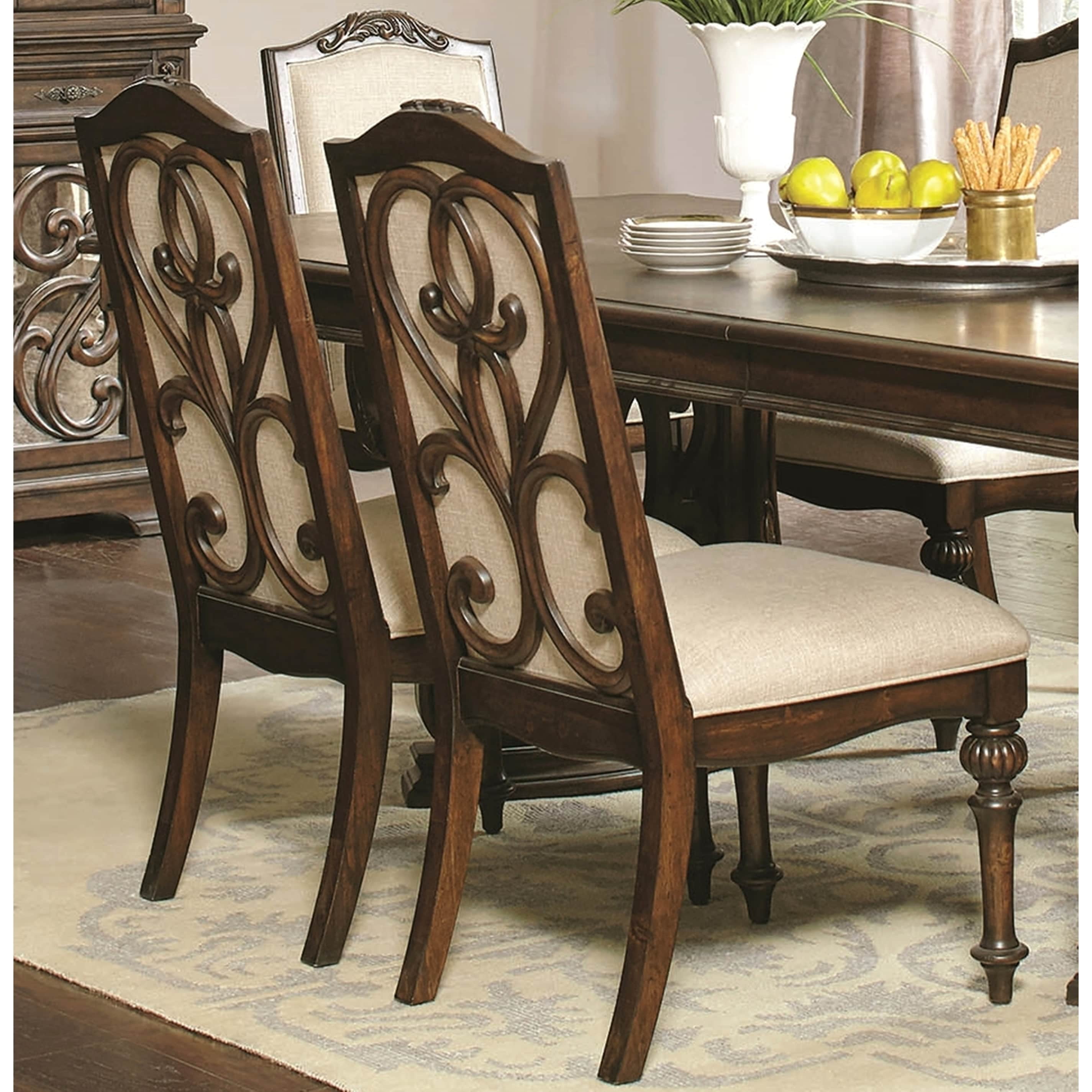Historical Evolution of Classic Dining Chair Designs

From humble beginnings as simple stools to the exquisitely crafted pieces we admire today, the dining chair’s journey reflects evolving tastes, technological advancements, and societal shifts. Its evolution mirrors the broader story of furniture design, reflecting the dominant aesthetics and materials of each era. This exploration delves into the key periods that shaped the classic dining chair, revealing the artistry and craftsmanship behind these enduring icons.
A Chronological Overview of Classic Dining Chair Styles
The following table illustrates the progression of classic dining chair styles across significant historical periods, highlighting their defining characteristics and notable creators. The evolution isn’t strictly linear; styles often overlapped and influenced each other, resulting in a rich tapestry of design.
| Era | Style Name | Key Features | Notable Designers (Examples) |
|---|---|---|---|
| Victorian Era (1837-1901) | Victorian High-Back Chair | Ornate carvings, plush upholstery, dark wood (mahogany, walnut), often featuring elaborate legs and backs. Heavily decorative, reflecting the opulence of the time. | Many anonymous craftsmen; specific designers are difficult to attribute due to the widespread production of this style. |
| Art Deco Period (1920s-1930s) | Art Deco Dining Chair | Geometric shapes, streamlined forms, luxurious materials (lacquer, chrome, exotic woods), often featuring bold colors and contrasting textures. Emphasis on symmetry and elegance. | Emile-Jacques Ruhlmann, Jacques Adnet |
| Mid-Century Modern (1940s-1960s) | Mid-Century Modern Dining Chair | Clean lines, simple forms, functionality, use of molded plywood, and innovative materials (plastic, fiberglass). Often characterized by organic shapes and a focus on comfort and ergonomics. | Charles and Ray Eames, Arne Jacobsen, Eero Saarinen |
| Contemporary (1970s-Present) | Various Contemporary Styles | Diverse styles incorporating modern materials (stainless steel, aluminum, recycled materials) and techniques (3D printing). Ranges from minimalist designs to eclectic and maximalist styles. | Numerous contemporary designers; specific attribution varies widely based on individual designs. |
Materials and Aesthetic Impact Across Eras
The materials used in dining chair construction significantly impacted their aesthetic and functionality. Victorian chairs, for instance, favored dark, richly grained woods like mahogany and walnut, reflecting the era’s preference for opulence. The heavy, polished wood contributed to a sense of grandeur and solidity. In contrast, Art Deco chairs incorporated luxurious materials like lacquer and chrome, creating a sleek, modern aesthetic. The reflective surfaces added a sense of glamour and sophistication. Mid-Century Modern designs embraced molded plywood and innovative plastics, emphasizing functionality and affordability. These materials allowed for more organic shapes and mass production. The use of lighter woods and plastics created a more streamlined and less imposing look.
A Visual Representation of a Dining Room Across Eras, Classic dining chair designs
Imagine a dining room showcasing the evolution of chair design. One corner features a stately Victorian high-back chair, its dark mahogany gleaming, ornate carvings detailing the back and arms. The rich upholstery, perhaps in a deep crimson velvet, adds to the opulent atmosphere. Across the room, a pair of sleek Art Deco chairs, with their geometric frames and chrome accents, stand in contrast. Their streamlined elegance reflects a different era’s aesthetic sensibilities. Finally, a set of Mid-Century Modern chairs, crafted from molded plywood with a simple, yet elegant form, completes the scene. The lighter wood and clean lines offer a sense of calm modernity. The juxtaposition of these three styles creates a visually compelling narrative, showcasing the distinct characteristics of each era while highlighting the enduring appeal of classic dining chair designs. The overall aesthetic is one of sophisticated eclecticism, where history and modernity coexist in harmonious contrast.
